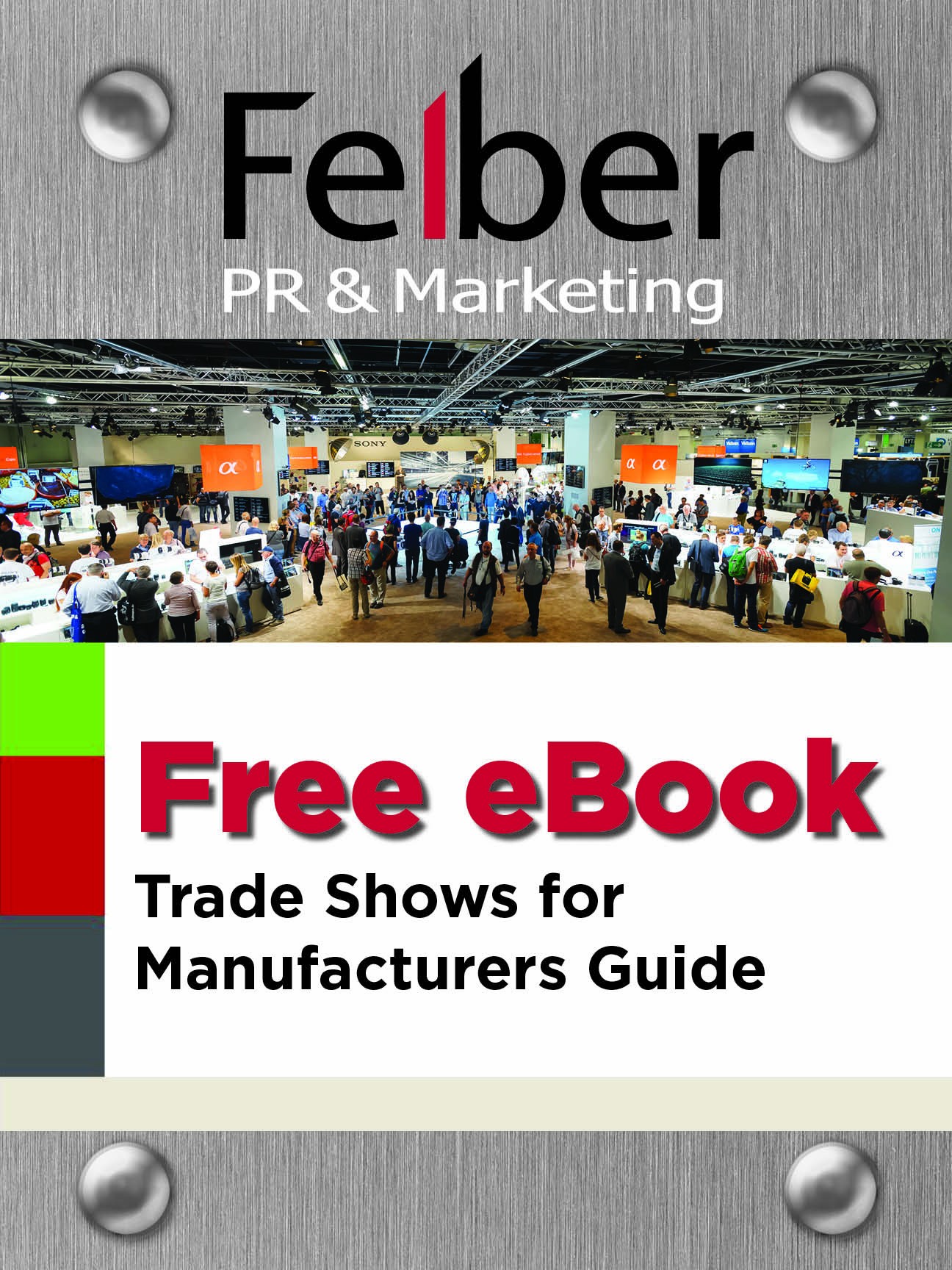Before You Can Prepare For an Interview You Must Know The Story
In the previous post we discussed what most manufacturers often miss at trade conference; they miss the opportunity to impact their brand and expand company name recognition with their target audience. Now, you know that coordinated research and efforts to engage with the media covering a show is beneficial. So, now what?
You may think you have the most interesting story in the world, but if it does not resonate (fit) with what an editor “believes” his readers are thirsting for, you will come up empty when you start contacting the media (before the show of course). Your research of the publications’ website and its editorial calendar was a great place to start. The editorial calendar provided the large building blocks. Researching past stories and a targeted reporter’s style is critical into providing insight.
When you research an editor, first see if your story or something similar has ever been covered. Nothing stings more than pitching a story that was done last quarter. You now have revealed that you have no interest in actually reading the publication and what/who they have written about in the past. If the story idea you has been covered previously, is the story due for an update? What is the reporter’s style? Are they positive towards your field or sector? Have they been negative or antagonistic? This is a cold-war style battle and you must know your competition; in this case, competition is not only other companies, but the reporters own attention span and limited time.
So, what can you talk about? Do you have a new product or service? Did your company experience recent growth? Have you identified a trend in the industry? Perhaps you or someone on your staff has a unique expertise? These are all great places to start.
If you get their attention, ask them how they want to proceed. One end of the spectrum is that you get to provide your written content, photos and captions. The other end of the scale is that they decide to interview you. While the first scenario allows you to carefully craft your message (they can still edit it), the latter requires even more preparation. There is no harm in asking them their thoughts on the story and its direction. They may even generously provide a few starter questions for you to review prior to the actual interview. If you have a complicated topic, make sure you have good art (graphs, photos, videos, etc.) to help you tell their story. Sometimes, just having “good art” can help you win over a competing story. Note, your contact may even be up against other reporters to their story published due to limited space.
In our next post we will expand on the various opportunities just beyond the tradeshow booth.

